Convection vs Conventional Oven
Convection vs Conventional Oven – If you have purchased a new oven in the last 10 years you probably have had the option of convection to be added or is present in your oven. Do you use it? Do you know how to? Recipes don’t include instructions for a convection oven. Little is spoken about it when we discuss baking or roasting. This has lead me on my own quest to see which I preferred. I have had convection in my ovens for many, many years now but it has been something that I have virtually ignored. Why is that? Am I alone here? Let’s delve into the pluses and minuses of Convection vs Conventional Oven and I will tell you what I have experienced in using both, side by side, as I have two wall ovens exactly the same.
So is the convection oven better to use all the time? Should you just scrap using the conventional oven settings all together? This may have you wondering when and where to use both of these settings. Let’s look at both and how they work and where they are best suited.
Explore More
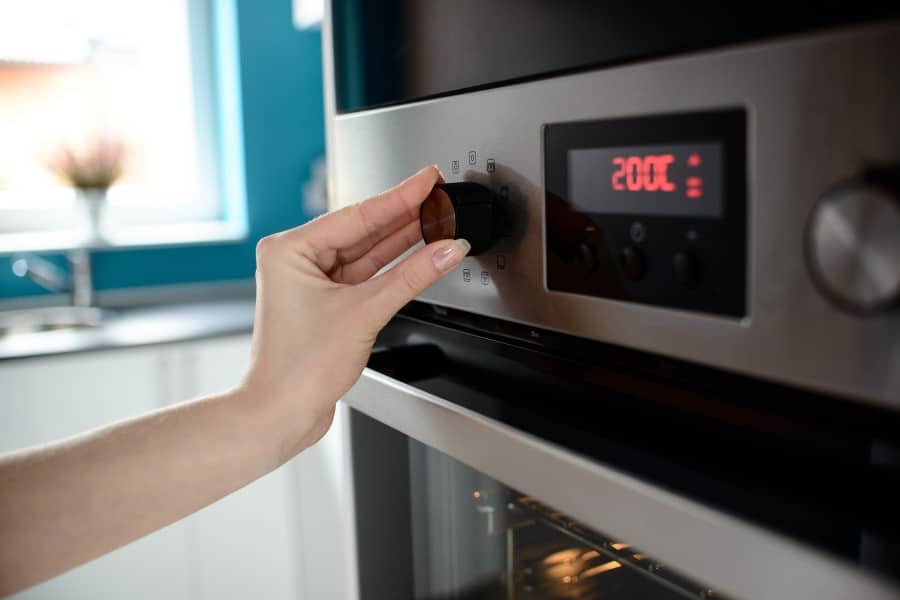
So what is a convection oven? Simply put, it is an oven that has fans that circulate air. This allows more heat to transfer and quickens up the process of cooking and produces a more even result. All of this and at a lower temperature. My oven has a setting to put in the recipe’s time and temperature and it converts it for you to a shorter time and a lower temp.
According to Wikipedia, convection ovens distribute heat evenly around the food, removing the blanket of cooler air that surrounds food when it is first placed in an oven and allowing food to cook more evenly in less time and at a lower temperature than in a conventional oven.
Wow, that sounds great, why not use it for everything then! Let’s explore this further.
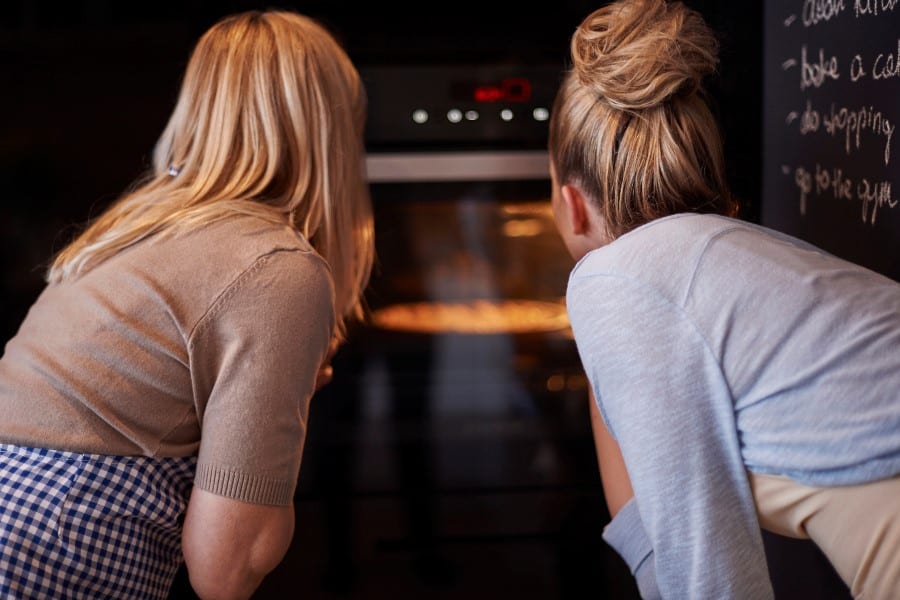
Let’s look at how a conventional oven works. Heat is released from the wall of the oven in a conventional or traditional oven. Heat radiates to the food and allows it cook. I have loved this method forever and trust it. So how does this compare to convection? When do I use either?
Why use a Convection Oven?
- Faster Cooking – Convection is about 25% faster than conventional oven.
- Even Cooking – Food cooks and browns more evenly in a convection oven. A regular oven can have hot spots. You can see this when baking cookies, some are done sooner than others. With convection the air circulates allowing more even distribution of the heat.
- Better Browning – Because the air circulates, the outside cooks faster and browns more evenly, leaving the interior still juicy.
- Energy Saver – Convection ovens use a lower temperature and cook faster than a conventional oven. The oven is reduced by 25 degrees when cooking. If this doesn’t happen automatically with your setting then reduce it yourself. So turn a 350F oven down to 325F when using convection.
When to use a Convection Oven?
- Cookies – I tried this with both my ovens and the convection oven cookies were done faster, cooked more evenly, and browned nicer.
- Roasting – I have cooked a pork roast, chicken and veggies and found not only were they browner, cooked faster but the interior was juicer. With the fan blowing the outside caramelized amazingly, you can’t always get that with a conventional oven. But for some roasts and fish beware of a very messy oven afterwards.
- Pies and Pastries– Pies and pastries will cook lighter and flakier due to the high fat content.
- Cupcakes, Cakes and Breads – Cupcakes, cakes and bread are slightly more controversial. I made cupcakes side by side and I felt they turned out better in the convection oven. Artisan breads fair well while others don’t. Some say the interiors will be drier. I leave this up to you to decide but don’t forget to reduce the temperature by 25 degrees and the cooking time.
- Braising and Covered Casseroles – With lids on or foil (if wrapped well, otherwise the fan will blow off the foil), it is fine to quicken up the cook time. If these are uncovered I would use a conventional oven.
- Toasting and Dehydrating – This would speed up the process and for both of these you want the moisture to be removed.
When NOT to use a Convection Oven?
- Custards or Flans – The outside will be hardened and nasty.
- Souffles and Wet Cakes and Cupcakes – I think a standard cake will fair well but not an angel food cake or anything that has a wetter batter than normal. The fan can blow the souffles and cakes and you will have a disastrous outcome.
- Quickbread, Sandwich and Sweet Breads – This is from reading only and was not given an explanation.
So try that convection on for size. Start out slowly and increase the items that you bake and roast using a convection. I have found a new passion and one that not only saves me time but money! We all love that!


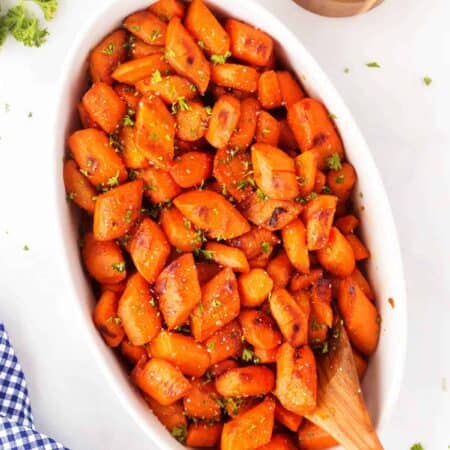
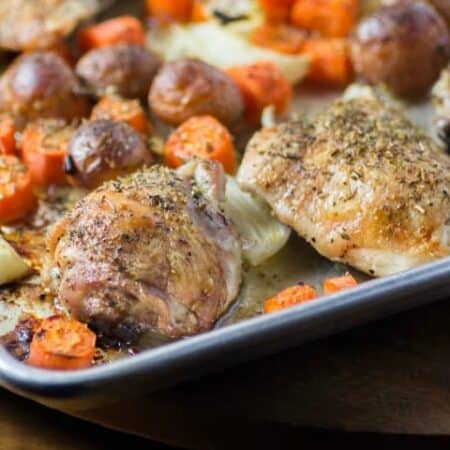
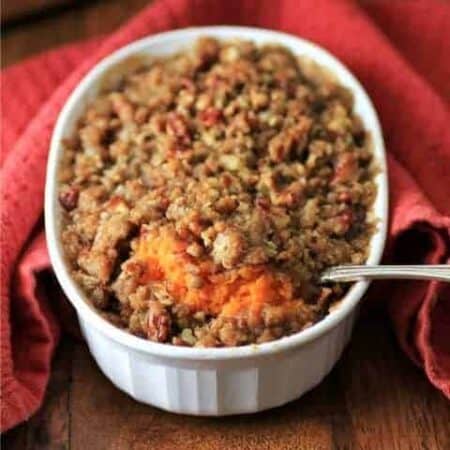
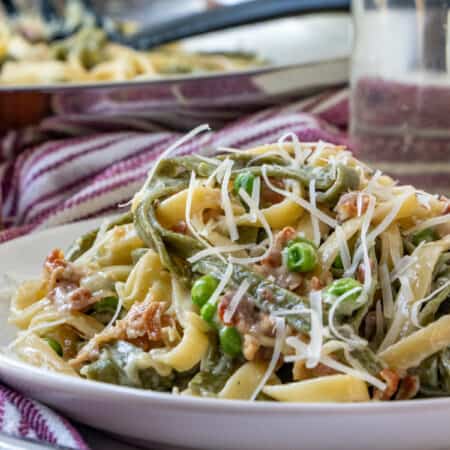

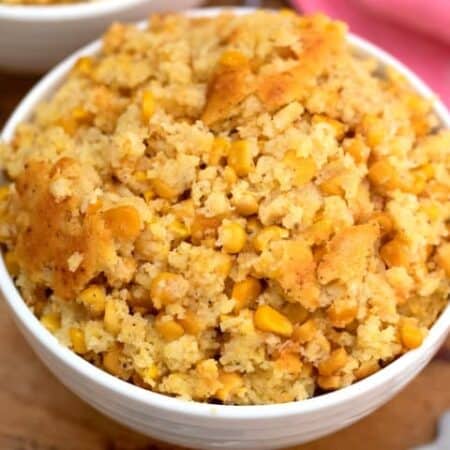
Comments & Reviews
Ann says
The oven in my new house came with both. The user manual has no info on the difference. I decided recently to just give it a try and see what happened. I’ve roasted veggies and made muffins, and they do seem to cook more evenly. It might be my imagination, but it seems like the kitchen stays cooler with convection.
Thanks so much for this extremely helpful info!
Tara Noland says
You are so very welcome!!